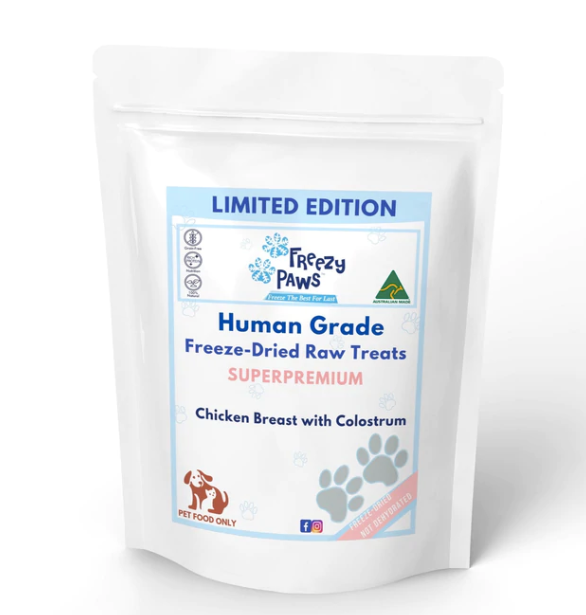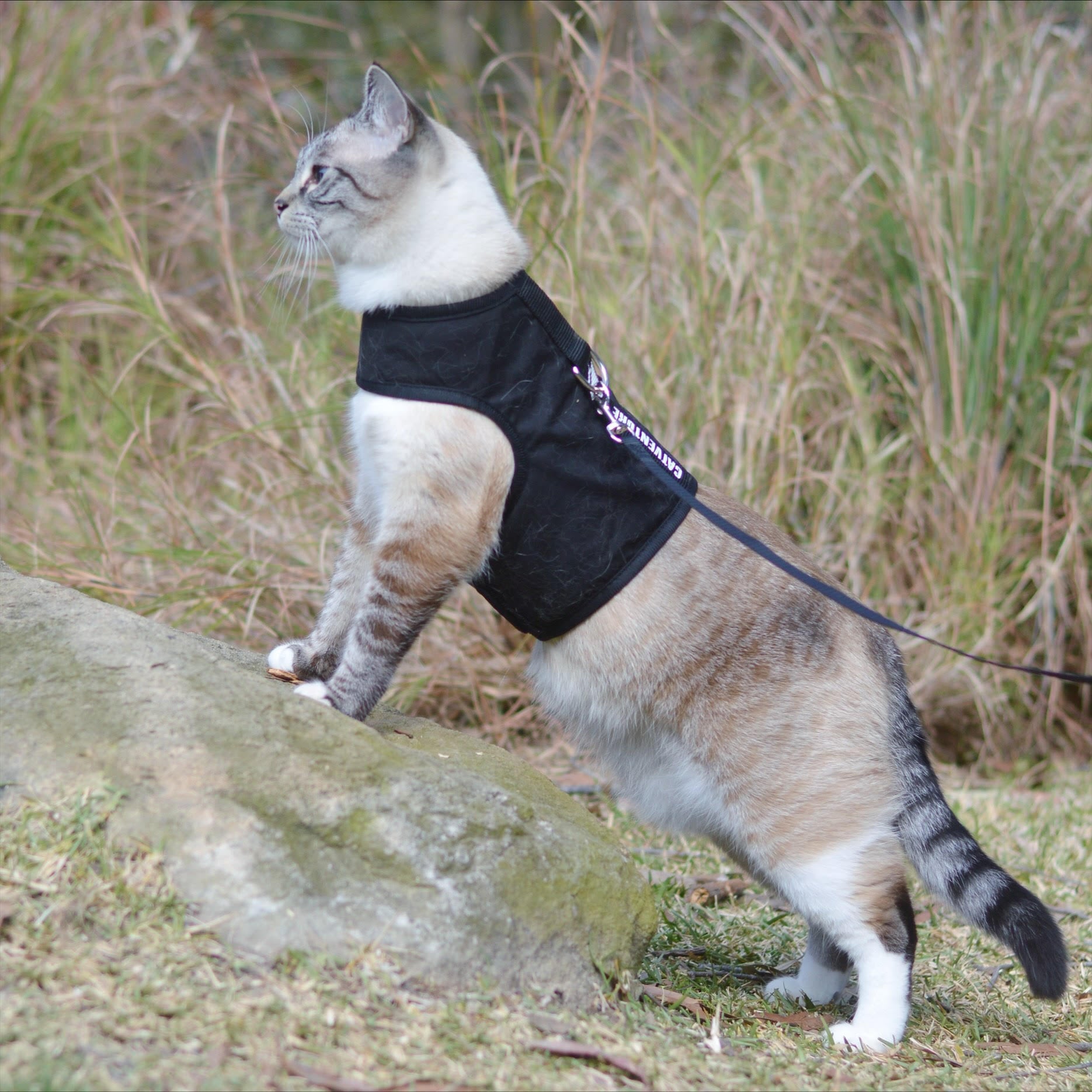Australia is trying to move away from the outdated model of caring for homeless animals in a shelter, and more towards a community-based (foster care) approach. Fostering provides better standards of care and welfare for the animals, while reducing risks of illness and behavioural problems commonly caused by stress. With shelters being at capacity foster programs allow the saving of more animal lives than would be possible using a shelter-based approach. Kitties can get ready for adoption in the comfort of a home environment rather than a shelter.
This is why we decided to interview Grace Ireland of @gracie_rescuecats. Without people like Grace, many cats would not have the opportunity to go to a shelter and be put on the list for euthanasia. We hope that by reading our interview, we might convince you to consider fostering cats too!
Q: Tell us about you and when cats came into your life.
A: I’m from Sydney originally, I now live in Melbourne with my partner. Work-wise I have my eggs in a few baskets; I am a web developer for e-commerce brands, I do modelling and I also teach Pilates. My mum also loves cats as much as me, so I’ve always grown up with them. My parents had a big, fat, old, male ginger cat well before I came into the world; and he welcomed baby Grace with a purr and patience! Particularly as I’ve seen photos of me falling asleep on his stomach, dressing him up in costumes… what a sweetheart he must have been to put up with an annoying little toddler.
Q: How long have you been fostering cats and who do you partner with?
A: I started fostering cats back in Sydney in 2016 after my own adopted kitty, Marie, passed away after 17 years together! I was volunteering and an ambassador at Sydney Dogs and Cats Home at the time, and I thought what a perfect way to mend my broken heart! I’ve been fostering cats ever since, and as I’ve moved to Melbourne I now foster with Forever Friends Animal Rescue.
Q: How do they help you in fostering?
A: FFAR are immensely supportive throughout the whole process. They give you a “case manager” who I can contact for any questions. There is also a Facebook Group where we can ask questions with other volunteers or are in need of support for anything.
Q: What made you want to foster cats?
A: Fostering is perfectly suited for me. I love having a new personality in the household all the time! It is also of course the best feeling in the world getting sent happy updates of your re-homed former foster babies happily living their best lives with their new family. Shelters in Australia rescue thousands of animals every year. In fact purebred cats are more prone to genetic diseases, while everyday moggies are stronger because of their mixed breeding. Although cats and kittens that have been rescued from the streets could have picked up feline transmitted diseases because they are of course not vaccinated; but the ones that survive those sort of conditions tend to be the strongest health-wise long-term! Every cat I have fostered has turned out to be a love bug with humans. Of course some have taken much longer than others, and I have had some real feral personalities come into my house; but that is of course what foster carers are for! A little love and all my patience, they have all come around eventually.
Q: Why do you think fostering cats is so important?
A: The purpose of foster caring is that it is a nicer alternative to the animals having to wait in a pound or shelter until they are adopted. Luckily with technology, most people source their adopted loved ones online now so there is mostly no need for them to wait around there. I have also been needed as a foster carer to care for newborn kittens who have somehow become separated from their mother too young, and are in need of close monitoring, feeding, medicine until they are old and strong enough to be adopted out on their own. And the other reason for fostering is if the animal needs human socialising. This may be because they have not had much interaction with humans at all and are in need of some house manners! Or it could sadly be because they have had negative experiences with humans previously and need to learn to trust people again.
Q: What are the biggest challenges in fostering and what have you found most rewarding?
A: Obviously it can be challenging sometimes, particularly if I am dealing with a difficult cat, usually off the streets. We had one 10 month old, Tinker, who was rescued off the streets living in a cat colony. Street cat colonies are dire situations because of obviously the harsh conditions they are living in, but also because usually none of these cats are desexed; and so they can rapidly multiply and multiply. Tinker had such a pretty face, but sh*t personality!! She was pretty feral to begin with, always greeting me with a claw swipe and a hiss. Luckily (not so luckily, but making the best of a bad situation) we were in lockdown in Melbourne at the time! This meant I was of course at home practically 24/7. It literally took months, but I would ignore her and just go about my business so she was used to co-existing with humans. Gradually she would come sit on the couch with me, getting closer and closer each time. She got adopted into a family who had two other cats also, and I think that made her blossom even more. They are probably the most rewarding experiences. She would not have had much of a future, if any, if she had not been taken out of that situation. Now she is a lap cat would you believe!
Q: How do you know if the kitties are ready for new homes?
A: Kittens are ready to be adopted when they reach 1kg. A lot of risks and health complications can arise in those first few weeks of their lives, so it’s a big triumph when we reach their goal weight! Most cats come to me ready to be put up for adoption instantly. Others may need socialising, or may have a few health battles we need to get through first before I can confidently send them off into a new family.
Q: How long do you normally have the cats in your home before they find their furrever homes?
A: The time I have them in my foster care varies. Some less than a month, my longest resident was four months. The time of year can determine this greatly too. Of course around Christmas and Summer time it picks up a lot - but I’m sure you’ve heard animal advocates such as myself expressing greatly to not just adopt a pet for Christmas time! They are a lifetime commitment!
Q: Now that you’ve started harness training your foster kitties, do you think that it will help them get adopted sooner?
A: I started my rescue cat page to of course help promote my foster cats in the hope a future adopter might see them. It’s also so if someone enquires about them, they can check out this page and see what their personality is like when they are comfortable at home. I posted on my rescue cat page of some of my cats using their harness and it was definitely a bonus to potential adopters! I’m not a fan of cats being able to freely roam outside because of their effect on wildlife, and of course the dangers to them as well. My cats growing up however were all allowed to go outside on their own as they please so I know how stimulating and important it is for them to get that enrichment. The cat harness is such a perfect solution.
Q: What words of advice would you give to someone who is thinking about fostering but worried they would struggle to let go of the kitty?
A: The most common question I get asked is “how do I not adopt them all?!” For people thinking about foster caring but are worried about this; my advice is to just get through the first cat! Just so you know it’s possible. Once it’s established it’s a successful adoption love story, and you get a happy update from the adopter, that is the most rewarding experience. You have saved a life. And there are plenty more lives that need saving!
To follow Grace and her foster kitties make sure to follow her at @gracie_rescuecats!



















